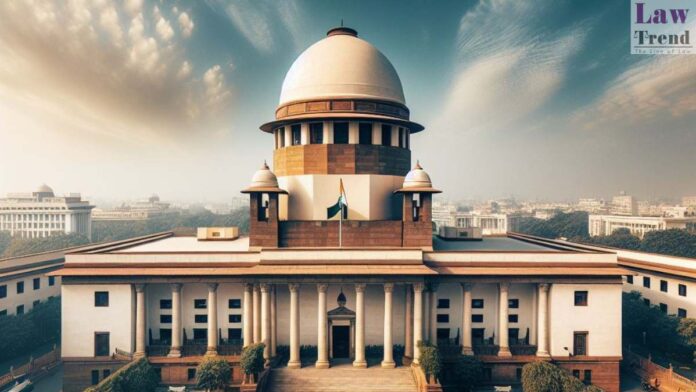In a landmark ruling, the Supreme Court of India quashed criminal proceedings in a dowry harassment case, stating that the FIR was “vexatious and instituted with an ulterior motive.” The ruling was delivered on February 12, 2025, in Suman Mishra & Ors. v. State of Uttar Pradesh & Anr. (Criminal Appeal No. ___ of 2025,
To Read More Please Subscribe to VIP Membership for Unlimited Access to All the Articles, Download Available Copies of Judgments/Order, Acess to Central/State Bare Acts, Advertisement Free Content, Access to More than 4000 Legal Drafts( Readymade Editable Formats of Suits, Petitions, Writs, Legal Notices, Divorce Petitions, 138 Notices, Bail Applications etc.) in Hindi and English.




